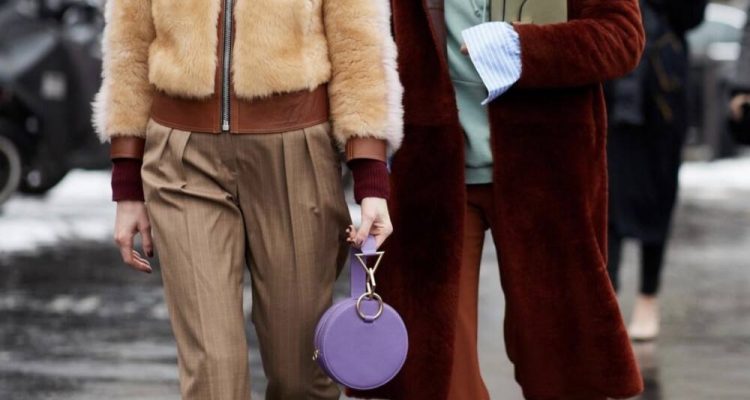Introduction:
Clothing is an essential aspect of our everyday lives. Not only does it serve the purpose of protecting us from the elements, but it also allows us to express our personal style and creativity. However, mastering the art of clothing matching can sometimes be a daunting task. This comprehensive guide aims to provide you with valuable insights, tips, and examples on clothing matching skills, seasonal transitions, and layering techniques. Whether you are a fashion enthusiast or someone looking to upgrade their outfit coordination abilities, this article will equip you with the knowledge to confidently create stylish and well-coordinated looks throughout the year.
I. Clothing Matching Skills:
Understanding Color Theory:
Color is one of the fundamental aspects of clothing matching. Learning how different colors work together can greatly enhance your ability to create visually appealing outfits. In this section, we will explore color combinations, complementary colors, analogous colors, and more.
Understanding Proportions and Silhouettes:
Properly understanding proportions and silhouettes can make a significant difference in your outfit’s overall aesthetic. We will delve into the different body types and discuss how to choose clothing items that flatter your figure, as well as how to create balanced and harmonious looks.
Accessorizing:
Accessories have the power to elevate any outfit. From statement jewelry to belts, scarves, bags, and hats, we will explore various accessory options and demonstrate how they can transform a basic look into a stylish and cohesive ensemble.
II. Seasonal Transitions:
Spring:
As winter gives way to warmer weather, transitioning your wardrobe becomes crucial. We will discuss key spring fashion trends, incorporating lighter fabrics, pastel color palettes, and floral patterns into your outfits. With examples and tips, you’ll be ready to embrace the freshness of spring in style.
Summer:
Summer calls for lightweight materials, vibrant colors, and breathable outfits. We will explore various summer fashion essentials such as sundresses, shorts, swimwear, and accessories that will help you beat the heat while maintaining your style quotient.
Autumn/Fall:
When the leaves start to change color, it’s time to transition your wardrobe once again. We will guide you through incorporating warm tones, layering techniques, and cozy fabrics, such as knits and trench coats, into your fall outfits. Get ready to embrace the beauty of autumn with confidence.
Winter:
Winter brings a whole new set of challenges in terms of staying warm without sacrificing style. We will delve into winter fashion essentials like coats, boots, scarves, and hats, showcasing how layering can be both functional and fashionable. With our guidance, you’ll be able to create chic winter looks that keep you cozy throughout the season.
III. Layering Guides:
Layering Basics:
Mastering the art of layering is crucial for creating stylish and weather-appropriate outfits. In this section, we will discuss the importance of layering, different layering techniques, and which clothing items work best for layering.
Layering Examples:
To further illustrate the concept of layering, we will provide detailed examples of layering for different seasons and occasions. Whether you’re dressing up for a formal event or aiming for a casual everyday look, these examples will inspire you to experiment with layering techniques.
Conclusion:
Clothing matching skills, seasonal transitions, and layering are all essential components of building a versatile and stylish wardrobe. By understanding color theory, proportions, and silhouettes, and mastering layering techniques, you will unlock endless outfit possibilities for any season or occasion. Remember to stay true to your personal style and have fun experimenting with different combinations. With the knowledge gained from this article, you are well on your way to becoming a fashion-savvy individual capable of creating impeccable outfits, no matter the time of year.


Leave a Reply